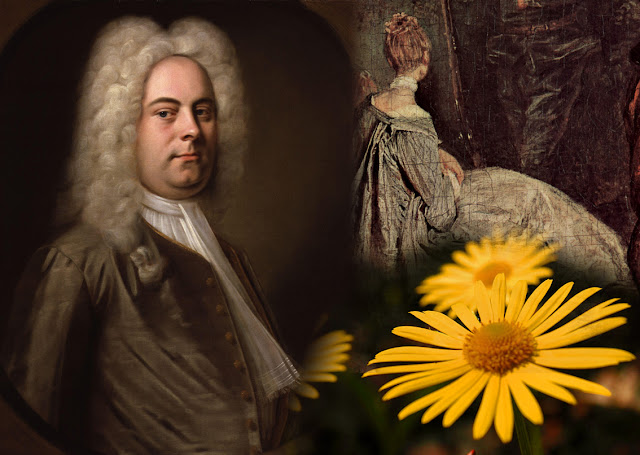“The very
greatest things - great thoughts, discoveries, inventions - have usually been
nurtured in hardship, often pondered over in sorrow, and at length established
with difficulty.” - Samuel Smiles
Rembrandt
Harmenszoon van Rijn was born on July 15,1606 in Leiden Netherlands. Although not
at all wealthy, his family took great care with his education. At the age of
fourteen he attended the University of Leiden.
However, he soon left university to pursue a career as an artist. He
studied under local masters Jacob van Swanenburch and Pieter Lastman, the
latter well known for his historical paintings. It was not long before Rembrandt
was a master at his craft.
At twenty-two he
began taking on students of his own. In 1631 he moved to Amsterdam and was married
three years later to Saskia van Uylenburgh. Her cousin was a successful art
dealer who introduced him to wealthy patrons who commissioned portraits. The “Portrait
of Nicolaes Ruts” is an example of the type of portraits he painted during that
period. Besides painting portraits
Rembrandt’s mythological and religious works were also much in demand.
Rembrandt was an
artist who was quite famous and popular during his lifetime. Works of art such
as “The Blinding of Samson” and “Stormy Landscape” had people in awe of his
vision. Rembrandt’s seemed to have it all, at least when observed casually and
from outside his family situation. He had a great career doing what he loved to
do as well as the love of a good woman. While he should have been enjoying a
prosperous career he and his wife suffered one great personal loss after
another. Within a span of five years each of his three children died in infancy.
In 1641 a son they named Titus would break that cycle. However, tragedy always
seemed to prevail. Although their son lived, Saskia’s death would come one
short year later.
In 1649 after a
brief affair with his son's nanny Geertghe Dircx, Rembrandt found someone to
share his life with. Hendrickje Stoffels (formally his housekeeper) soon became
his partner in love and the subject for many of his paintings. Although he was
successful in his career as an artist, teacher and art dealer Rembrandt was living
well beyond his means which finally drove him to declare bankruptcy in 1656.
Much of his collection of art and antiquities including the sale of his house
went to pay his huge debts.
During the
artist’s most difficult times, some of his greatest works were created. “The
Jewish Bride”, “The Syndics of the Cloth Guild”, “Bathsheba”, “Jacob Blessing
the Sons of Joseph”, and a “Self Portrait” were very successful. Rembrandt’s
personal life seemed cursed as again he was robbed of a second chance at love.
Hendrickje died in 1663 and two years later his only son would meet the same
fate. Within a short year later on October 4th, 1669 at sixty-three years old
Rembrandt died. His masterpieces have made him world famous and many people
even though completely unschooled in art not only know his name but also are
familiar with some of his works.
The “Blinding of
Samson” illustrated above was painted in 1636. Although it has many stylistic elements
conventional at the time, Rembrandt stamps it with his unmistakeable
originality. Like many Baroque paintings, it contrasts a dark background with
the lighting focused on the characters in the painting, as if they are spotlit.
This creates a dramatic effect focusing the viewers’ eyes on the principal
characters, while leaving some sections dark and forbidding, or even
threatening – such as the silhouetted soldier on the left. Samson as the
primary focus is centrally located and well-lit, with the gory gouging out of
his eyes caught in a horrific snapshot. Delilah’s servant brandishing scissors
and the shorn locks of Samson’s hair glowers and is also lit by reflected
light, this also contributing to the drama of the scene. This is a masterpiece
both technically as well as iconographically.


















